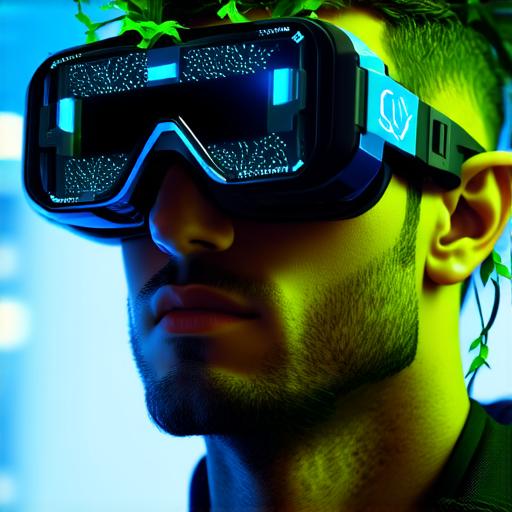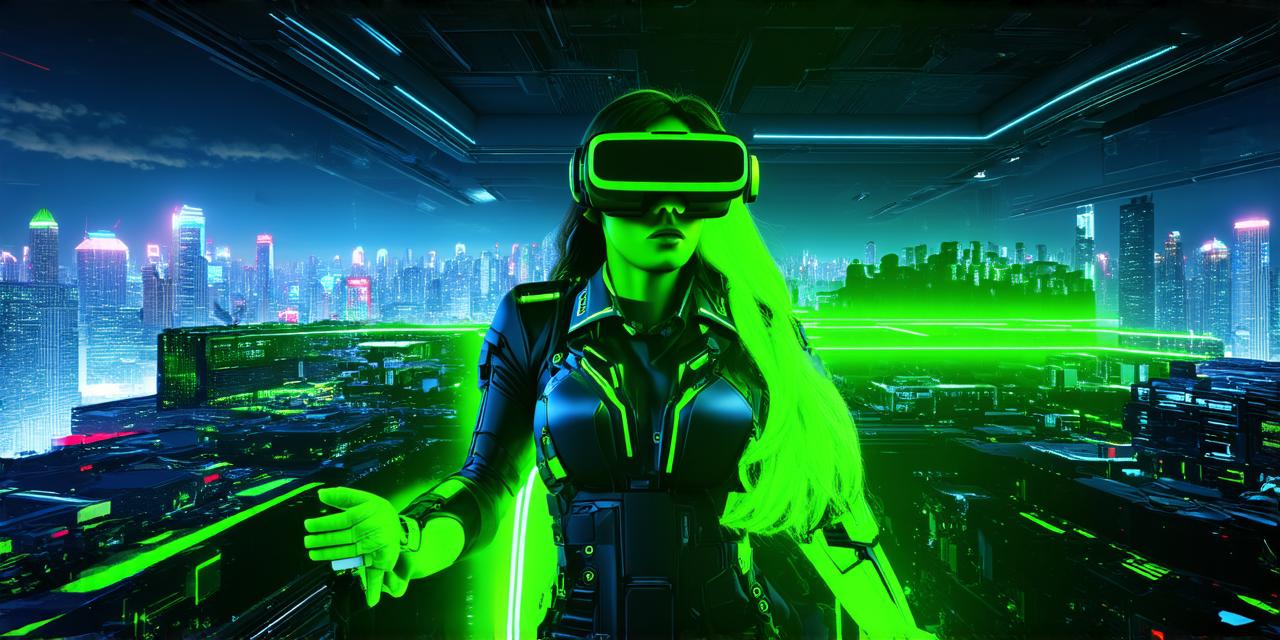
Virtual reality (VR) is a rapidly growing technology that has been gaining popularity in recent years. It’s a computer-generated simulation that creates an immersive, interactive experience for the user, allowing them to feel as though they are physically present in another environment.
The first step in creating virtual reality is capturing a realistic representation of our physical world. This involves using various sensors and cameras to track the user’s movements and create a 3D model of their surroundings. While this technology has come a long way, it still faces some challenges. For example, accurately tracking the movement of objects within a scene can be difficult, especially when those objects are moving quickly or have complex shapes.
Once a realistic representation of the physical world has been captured, the next step is to create a believable and interactive environment for the user. This requires developing intuitive control systems that allow the user to interact with the virtual world in a natural way. For example, hand gestures can be used to pick up objects or manipulate tools, while voice commands can be used to navigate through the environment.
Another important aspect of virtual reality is creating a sense of presence and immersion for the user. This involves using various techniques such as haptic feedback, spatial audio, and visual effects to make the user feel as though they are physically present in the virtual world. While these technologies have come a long way, there is still room for improvement. For example, current VR headsets can be uncomfortable to wear for extended periods of time, and some users experience motion sickness when using the technology.
Despite these challenges, progress in virtual reality technology has been rapid. In recent years, we have seen the release of high-end VR headsets such as the Oculus Rift and HTC Vive, as well as advancements in hand tracking and gesture recognition technology. These developments have made it possible for more people to experience virtual reality, and we are likely to see even more improvements in the coming years.
In conclusion, while we are closer than ever before to achieving true virtual reality, there is still work to be done. The technology is constantly evolving, and as we continue to refine our capture and interaction systems, we can expect to see even more immersive and realistic virtual environments in the future. Whether you’re a gamer, designer, or researcher, virtual reality is an exciting technology that holds endless possibilities for the future of interactive experiences.
